Vintage Views: From darkness to light
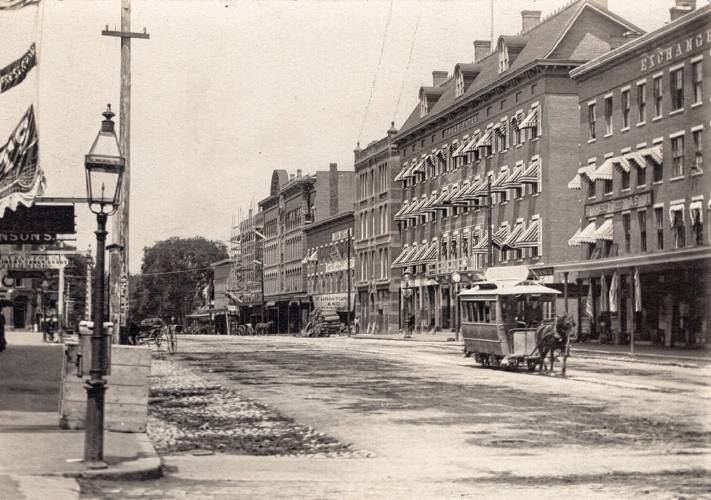
A very early view of Main Street in Concord depicting an early gas lantern. Gas lanterns were used prior to the invention of the electric light to keep our Main Street illuminated for evening shoppers. Photo by James W. Spain Collection
| Published: 04-20-2024 2:00 PM |
Our ancestors embraced darkness during the early years in our little town. When the first people arrived in Concord and gathered on cold New England nights in the Pennycook garrisons’ people would sit in front of the fireplace in search of warmth and security with the fire providing dim light and dancing shadows within the room.
As Pennycook became Rumford more people arrived and farms and dwellings were built for protection and basic comfort from the elements. Candles were made and used for many years to illuminate the homes allowing for reading and sewing after school and chores were completed.
As the 1800s approached there was commerce on Main Street and with prosperity the town of Concord installed gas lanterns to brighten the way after sunset. A gentleman known as a lamplighter would walk the old cobbled Main Street and open a small gas valve and ignited the gas with a flame. The gas lighter would check the almanac to see if a bright moon was expected for gas was expensive and there was always a need to conserve. He would use his frugal judgment and light the lamps when the night was very dark or a storm approached.
Early technology was surging in the later portion of the nineteenth century and people were aware of telegraphs and electricity, though it was still very limited in most of the country. Concord did see its very first telephone exchange established in the Foster Block on Warren Street by two gentlemen experienced with Western Union Telegraphs. The cost to the consumers was very expensive at thirty-six dollars per year.
The two telephone men were Don Cowdery and Peter Beyet and they set up eight miles of telephone wire around Concord to establish this first communication system. Professor Quimby from Dartmouth College built the switchboard for the small telephone exchange and a basic means of communication was established. It was just a few short years later that more customers were added and our ancestors could call other exchanges established in Manchester, Lowell and further way. Once established the cost became affordable and the party line was born.
With a communication system in place and basic forms of electricity emerging in our country there was a gentleman in Concord who dreamed of replacing the gas lanterns on Main Street with new electric lanterns. It was in April 1886 that Mr. A. S. Hammond, a local Concord merchant began experimenting with incandescent lighting. He retired from his established business and devoted full time to bringing Concord electricity and lighting.
He purchased a machine from Thompson and Houston Manufacturing and installed it in a building on Bridge Street. This machine provided enough electricity to power a total of seventy-five lights. Mr. Hammond enjoyed success with his lighting projects about town and had thirty-six lights set up on Main Street within a few short years and business continued to grow.
The Main Street merchants embraced the projects and were willing to pay for this modern marvel because it allowed shoppers to visit the local businesses after the sun had set. The gas lanterns were removed and the lone lamplighter sought employment elsewhere. The days of lighting with candles were in the past and sadly a piece of Concord’s early tranquility was lost to history.
Article continues after...
Yesterday's Most Read Articles
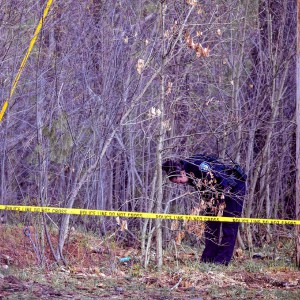 Franklin police arrest man after accidental shooting Wednesday
Franklin police arrest man after accidental shooting Wednesday
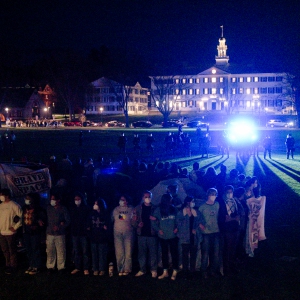 Update: Reactions for, against the more than 100 arrested at Dartmouth, UNH
Update: Reactions for, against the more than 100 arrested at Dartmouth, UNH
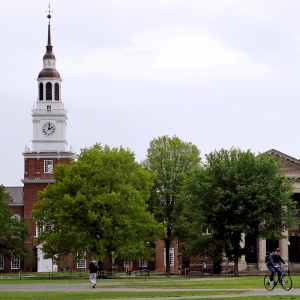 Kenyon: What makes Dartmouth different?
Kenyon: What makes Dartmouth different?
 Concord High graduate leads Pro-Palestine protests at Brown Univeristy
Concord High graduate leads Pro-Palestine protests at Brown Univeristy
 High schools: Wednesday’s baseball, softball, lacrosse and tennis results
High schools: Wednesday’s baseball, softball, lacrosse and tennis results
 Spring sprouts downtown: outdoor dining, farmers market, First Friday
Spring sprouts downtown: outdoor dining, farmers market, First Friday
As the electric business continued to grow, Mr. Hammond sold to a larger company and enjoyed his last years in comfort. A gentleman with a dream and an abundance of ambition who believed he could bring light to his town. A.S. Hammond was indeed the very first man to establish the use of electricity in Concord, providing a brighter future to all of us to this very day.


 PILLAR Gallery + Projects opens fourth exhibition in Concord
PILLAR Gallery + Projects opens fourth exhibition in Concord Concord Community Music School presents Bach’s Lunch: Hildaland
Concord Community Music School presents Bach’s Lunch: Hildaland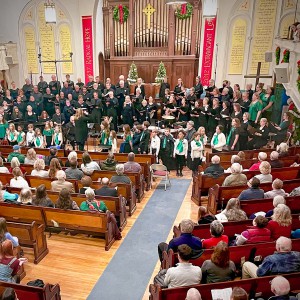 Concord Chorale presents ‘The Armed Man: A Mass for Peace’ by Karl Jenkins
Concord Chorale presents ‘The Armed Man: A Mass for Peace’ by Karl Jenkins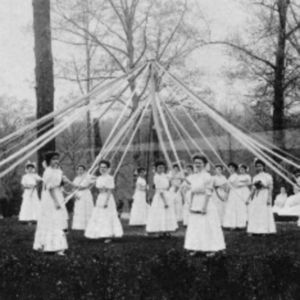 Vintage Views: Our beloved May Day with dancing, horn blowing
Vintage Views: Our beloved May Day with dancing, horn blowing
